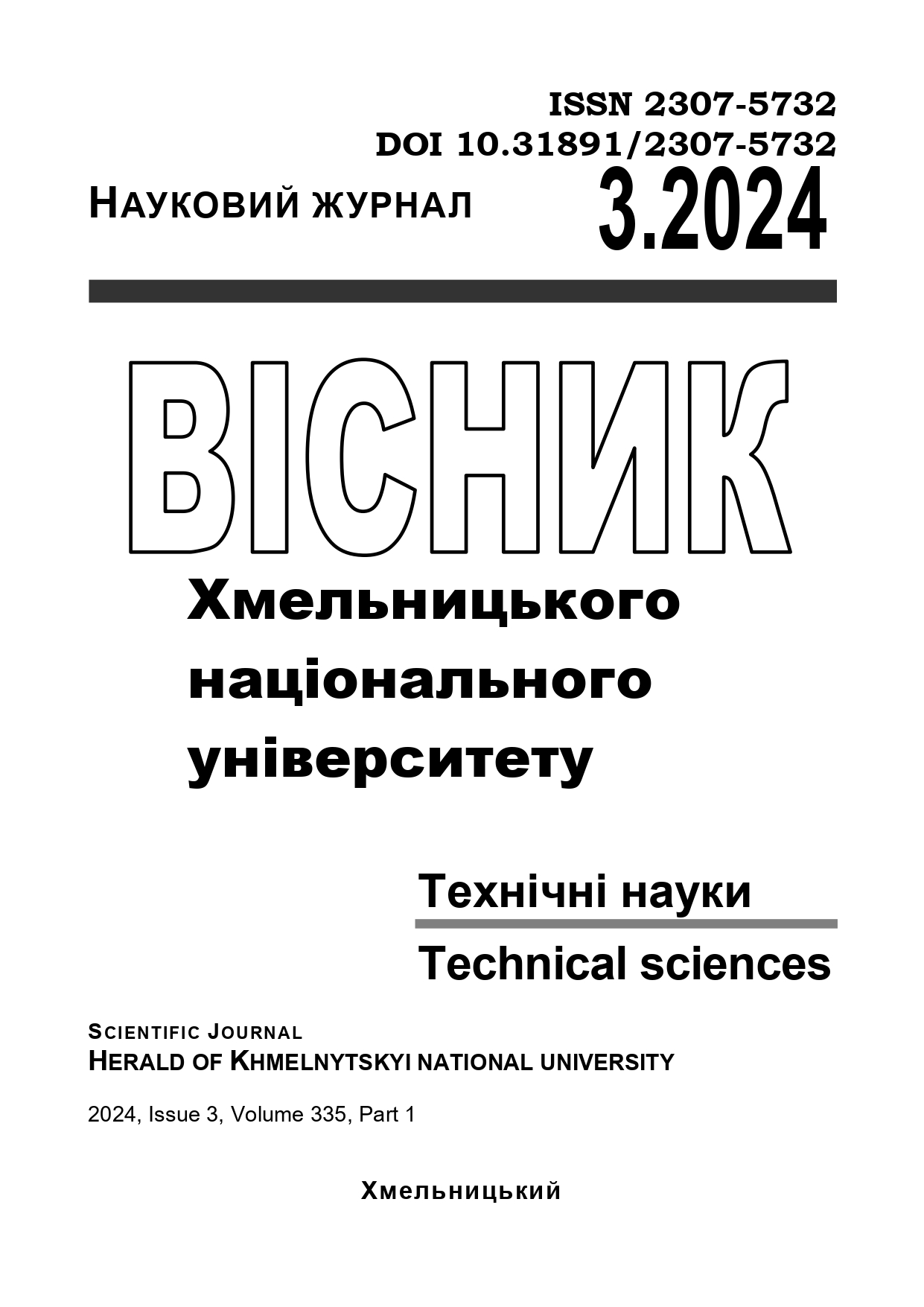ADAPTATION OF THE PROCESS OF BENDING THIN-SHEET BILLETS TO THE EXISTING PRODUCTION CAPABILITIES
DOI:
https://doi.org/10.31891/2307-5732-2024-335-3-21Keywords:
step bending, thin sheet billet, technological effort, production equipmentAbstract
The article analyzes all the advantages and disadvantages of stepwise single-angle free bending of a workpiece under the conditions of the existing technological equipment and tooling at the enterprise to ensure conditions for reducing the force of workpiece forming. It has been established that the use of stepwise single-angle free bending expands the possibilities of working with a wide variety of parts and reduces the time for reconfiguring production conditions for different part profiles. It was found that the chosen bending method does not actually touch the tool parts completely, which reduces the effect of friction forces on the workpiece. Due to this, the part is formed with minimal effort applied to the punch. In the event that the load is relieved and the elastic recoil of the material leads to an incorrect angle, it can be easily adjusted by applying more force.
The article highlights the main problems faced in production. The main ones are design and verification problems. The design problem is to determine the stages of bending, because this is what is accompanied by the development of technological tooling, which takes into account the overall dimensions of the punch and die and the necessary efforts to shape the thin sheet billet. The verification problem is to ensure that the required part can be manufactured using the existing production equipment.
This work is devoted to the topical issue of expanding the technological capabilities of pressing equipment by developing and analyzing flexible technological solutions that reduce the force regimes in the manufacture of stepwise single-angle bending of parts. Thanks to the solution of verification tasks and the proposed options for bending sheet metal products, priority solutions were established that allowed the use of production equipment for the manufacture of a small series of "Lopat" parts.

